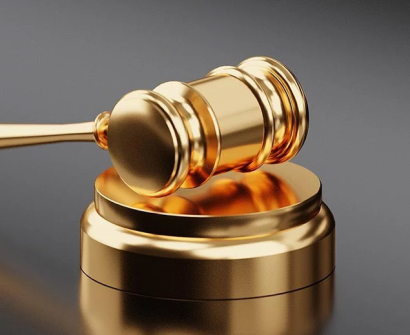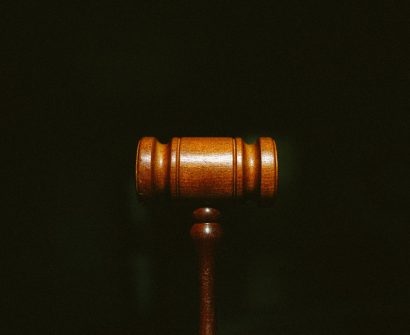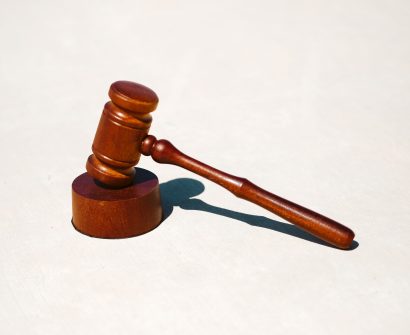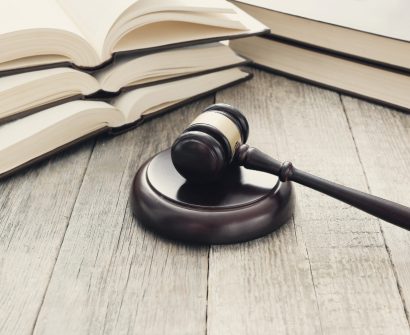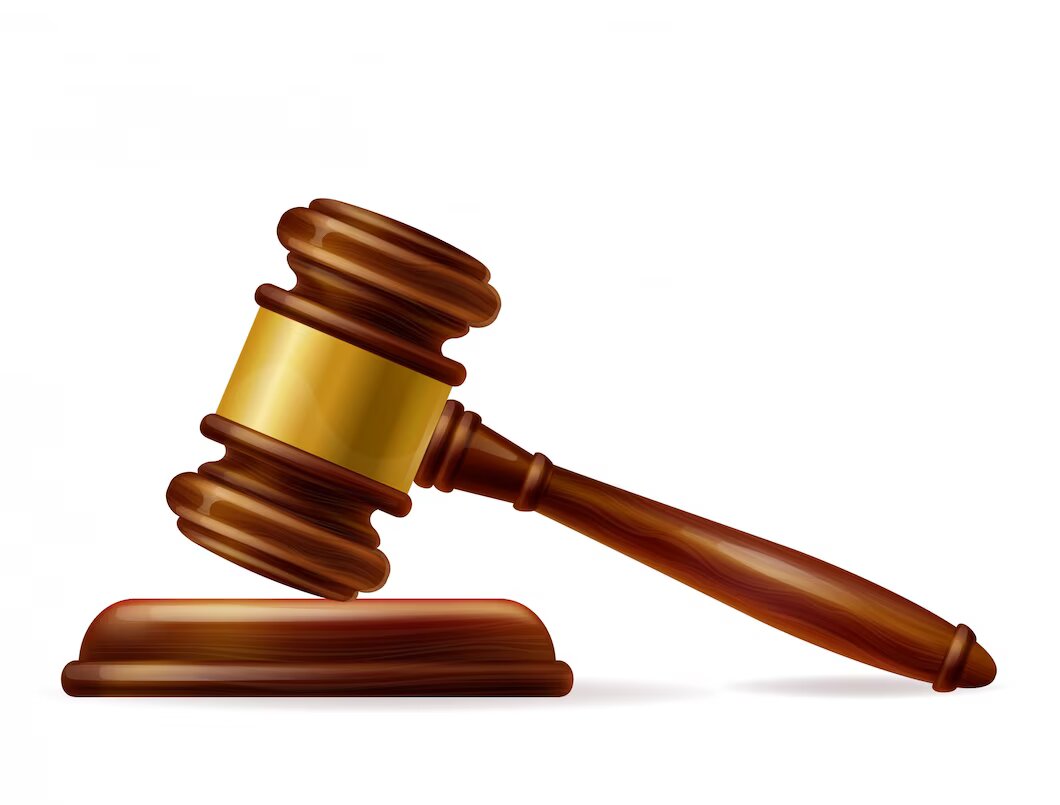
The State of Jammu and Kashmir is accorded special status under Article 370 of the Indian Constitution. It is a temporary clause. This article was only intended to serve as a temporary measure until a plebiscite was held to ascertain the general public’s preferences. The Jammu and Kashmir Constituent Assembly possessed the power to alter, delete, or retain it.
Conversely, there has been a lot of talk lately regarding the temporary status of article 370. They are long-term provisions, according to claims made by the government and the judiciary frequently.
370 Article Meaning
- Kashmir was awarded internal administrative autonomy in October 1949 with the enactment of Article 370. This meant that Kashmir could pass laws in any area except finance, communications, defense, and foreign affairs.
- The area under the Indian administration created a distinct flag and constitution, and it forbade outsiders from claiming property rights there.
- Article 370 was amended in 1954, and this new article (known as Article 35A) gave state legislators the power to ensure that state permanent residents receive certain rights and benefits.
- Along with article 370, article 35A was removed, enabling non-Kashmiris to buy property in the region and raising suspicions that India is trying to influence a “demographic shift” in the Muslim-majority region.
- The Modi administration further split Kashmir in 2019 into Jammu and Kashmir in the west and Ladakh in the east, to be run directly from New Delhi. The criminal code, the constitution, and the flag of Kashmir were all taken away by Article 370.
- Since then, there have been no regional elections in the two regions; however, on September 30, 2020, the Supreme Court mandated local legislative elections in Indian-administered Kashmir.
About Article 370: The Abrogation
- Development and Integration: Article 370 kept Jammu and Kashmir from fully integrating into the Indian Union by encouraging separatism and impeding the region’s growth.
- National Security: Pakistan fostered separatism and terrorism in the region by utilizing 370 article meaning. The abrogation would enhance national security by granting the Indian government more control over the region and the capacity to prosecute terrorists.
- Eliminating Discrimination: Under the 370 article meaning, women, Dalits, and other marginalized groups in Jammu and Kashmir were subjected to discrimination. As a result of the abrogation, they would be subject to Indian law and have equal rights and opportunities.
- Openness and Accountability: Article 370 made Jammu and Kashmir’s government unaccountable and opaque. The abrogation would put the state under the jurisdiction of the Central Vigilance Commission in addition to the Right to Information Act, resulting in better governance and accountability.
- Economic Prosperity: Article 370 hindered Jammu and Kashmir’s economy. The abrogation would enable more investment, tourism, and employment development in the region.
Article 370 Verdict
- The date of article 370 verdict was August 5, 2019. By undermining Article 370, the Union government eliminated Jammu and Kashmir’s special status.
- The Constitution Bench of the Supreme Court unanimously upheld the President’s power to revoke Article 370 of the Indian Constitution on December 11, 2023. As a result, the State of Jammu and Kashmir (J&K) was split into two Union Territories and its distinctive rights were taken away in August 2019.
- In the Article 370 verdict, it was contended that Article 370 of the Indian Constitution was only a “temporary provision” to ease the then-princely State’s admittance to the Union during a time of internal strife and warfare.
- The Supreme Court stated that the removal of Jammu and Kashmir’s special status under Article 370 of the Indian Constitution on August 5, 2019, was meant to fortify constitutional integration rather than fuel disintegration.
- The Court has acknowledged that Article 370’s nature was temporary.
About Article 370: The Way Forward
- A ten-year plan for jobs, education, and employability must be put in place in order to improve Kashmir.
- The Gandhian Road of nonviolence and peace making must be taken in order to address Kashmir’s legitimacy issue.
- In order to mitigate the problems caused by the Action on Article 370, the government may launch a wide outreach program for all Kashmiris.
- Atal Bihari Vajpayee’s Kashmiriyat, Insaniyat, and Jamhooriyat approach should be a cornerstone of the forces advancing state reconciliation.
A major turning point in the history of the Indian constitution is the Supreme Court’s decision on Article 370. It has settled a challenging legal dispute and spurred conversations about the thin boundary separating national integration from regional autonomy. As India struggles with how to cope with the fallout from this decision, it is important to take into account how the country’s diverse fabric continues to change in terms of unity, identity, and governance.
Article 370 FAQs
What is Article 370?
The Indian constitution’s Article 370 granted Jammu and Kashmir, a territory that is disputed by China, Pakistan, and India, special status. Member of the Indian Constituent Assembly N Gopalaswami Ayyangar drafted it, and in 1949 it was added to the constitution as a “temporary provision.”
What are the benefits of 370 removals in Kashmir?
A few of the significant changes that are benefiting both of the new Union Territories toward the path of peace and progress by 370 removals in Kashmir are:
- The empowerment of people,
- The repeal of unjust laws,
- The introduction of equity and fairness to those who have been discriminated against for ages and are now receiving their just compensation, and
- Comprehensive development.
Which movie is the Article 370 removal?
“Article 370” is the movie that talks about the details of the abrogation of Article 370. The contentious repeal of Article 370 from the Indian Constitution is discussed in the film. The film starring Yami Gautam demonstrates a strong dedication to transporting viewers back to that moment in history.
How many states and union territories in India after Article 370?
As a result, there are 28 states and 8 union territories following the repeal of Article 370. Article 370 granted Jammu and Kashmir the right to have its own constitution, national anthem, and self-governing autonomy during its time as a state under Indian rule, which lasted from 1954 until October 31, 2019.
Why did India remove Article 370?
Removing Article 370 was mentioned in the party’s 2019 election manifesto by Prime Minister Narendra Modi. Removing Article 370 was justified by the desire to integrate Kashmir and place it on an equal footing with the rest of India.
Additionally, the action aligns with PM Modi’s goal to demonstrate that his government is tough on Pakistan and Kashmir.
Can Article 370 come back?
Families in Kashmir have embraced the shift. Regarding those who are causing confusion out of political motivations, Prime Minister Modi has made it very evident that no force in the universe has the ability to reinstate Article 370.
What is the advantage of Article 370?
The advantages of Article 370 are:
- The state of Jammu and Kashmir is granted special status under Article 370 of the Indian constitution.
- It grants the state great autonomy, enabling it to fly its own national flag and write its own Constitution.
What changed in Kashmir after Article 370?
Following the modifications to the state’s constitution and the restructuring of the former State of Jammu and Kashmir, the Union territories of Jammu and Kashmir as well as Ladakh have been completely incorporated into the country’s mainstream. All of the Indian states were now governed by a single constitution.
What are Article 370 Removal disadvantages?
Article 370 removal disadvantages are as follows:
- Potential for Violence in Kashmir
- Discrimination towards the people of Kashmir
- Restrictions on the authority of the elected state government in Kashmir
Who wrote Article 370?
The main drafter of Article 370, which gave the state of Jammu and Kashmir autonomy, was Gopalaswami Ayyangar.
What is the issue between India and Pakistan Kashmir?
Decades of intercommunal violence began in 1989 when a growing resistance movement in Indian-administered Kashmir, backed by Pakistan, rekindled tensions. The Kargil War began in 1999 when Pakistani soldiers traversed the line of control, despite their commitment to the LOC being renewed later that year.
Is Jammu and Kashmir a state now?
The state was reorganized into two Union Territories, Union Territory of Jammu and Kashmir and Union Territory of Ladakh, after the Jammu and Kashmir Reorganisation Act 2019 was passed on August 9.
What is the Judgement of Article 370?
The Supreme Court’s Constitution Bench ruled unanimously in favour of the President’s authority to revoke Article 370 of the Constitution, which resulted in the State of Jammu and Kashmir (J&K). In August 2019, it was split into two Union Territories and its special rights were taken away.
What are the advantages and disadvantages of Article 370 Removal?
Advantages:
- Brings Kashmir and other Indian states together
- Aids in the valley’s development and expansion.
- Improved capacity to combat terrorism.
- Expand the range of employment options beyond tourism.
- Potential to successfully combat corruption.
Disadvantages:
- Muslims in Kashmir are concerned about the threat to the integrity and unity of the state.
- Seeds of insecurity in some social groups.
- Seen as an attempt at polarization and a danger to democracy.
- When residents lose their dual citizenship, it instils insecurity.
- Relationships with Pakistan are strained.
What does Article 371 States?
The President may designate, under Article 371A, that the Governors of Maharashtra and Gujarat will be particularly charged with overseeing the following: the creation of distinct development boards for Vidarbha, Marathwada, and the remainder of Maharashtra, Saurashtra, Kutch, and the remainder of Gujarat.
How many times emergency declared in India?
India has 3 times declared a national emergency:
- During the China War in 1962,
- The Pakistan War in 1971, and
- The Internal Disturbances in 1975.
The President may declare a national emergency if they believe there are threats to the country from both internal and external sources, or from dire financial circumstances.
What is emergency in India?
Part XVIII of the Indian Constitution stipulates a constitutional mechanism whereby the President of India can proclaim a state of emergency if the advisory group concludes that the nation faces significant threats from both external and internal sources, in addition to financial crises.
When was 370 abolished?
A five-judge Supreme Court of India bench unanimously maintained the Indian government’s decision to abolish Article 370 on December 11, 2023. The bench ruled that the president had the authority to revoke Article 370 of the Constitution because it was a “temporary provision.”
What happened in Kashmir Article 370?
Jammu and Kashmir, a state in India that is situated in the northern part of the Indian subcontinent and a portion of the larger region of Kashmir that has been a source of contention between India, Pakistan, and China, was granted special status under Article 370 of the Indian constitution.
How did Kashmir became part of India?
Maharaja Hari Singh consented to the Dominion of India by signing an Instrument of Accession in accordance with the terms of the Indian Independence Act 1947. The accession was accepted on October 27, 1947, by Lord Mountbatten, who was the Governor-General of India at the time.
What was the reaction of Article 370 in Pakistan?
Pakistan vehemently disagrees with the ruling the Indian Supreme Court made regarding the status of “Jammu and Kashmir.” It called it “a travesty of justice” that the courts were endorsing India’s “unilateral and illegal actions”.
Who is controlling Kashmir?
Of the disputed territory, 101,338 km2 are under the control of India, (39,127 sq mi) are under the control of China, 85,846 km2 (33,145 sq mi) of Pakistan, and 37,555 km2 (14,500 sq mi) of the People’s Republic of China.
Was Kashmir always part of India?
India has always included Jammu & Kashmir. No, just because August 1947 is when India and Pakistan officially became independent. Even the British Raj had no authority over Kashmir prior to 1947.
What is Article 370 and 371?
- Article 370: A provision concerning the State of Jammu and Kashmir is found in Article 370. That was revoked in 2019.
- Article 371: Article 371 is a provision pertaining to the states of Gujarat (Saurashtra and Kutch) and Maharashtra (Vidarbha and Marathwada).
What are the benefits of 370 removal in Kashmir?
The benefits of 370 removal in Kashmir are as follows:
- Promotes cooperation between Kashmir and other Indian states;
- Supports the growth and development of the valley.
- A stronger ability to stop terrorism.
- Increases the number of career options outside of tourism.
- Possibility of effectively battling corruption.
- Enhanced resident health care options.
- Draws investment from the private sector and stimulates the economy.
- Promotes the concept of “One Nation, One Constitution.”
What are the features of Article 370?
The features of Article 370 were:
- The State of Jammu and Kashmir was granted special status under Article 370 of the Indian Constitution.
- It gave the state the authority to fly its own flag, have its own constitution, and run its internal affairs independently.
- Article 370 was meant to provide Jammu and Kashmir with a provisional, interim arrangement.
Know more about: ARTICLE 365 OF INDIAN CONSTITUTION
How many states are under Article 371?
The special provisions for the 12 Indian states under Article 371 are:
- Maharashtra,
- Andhra Pradesh,
- Gujarat,
- Telangana,
- Sikkim,
- Mizoram,
- Arunachal Pradesh,
- Assam,
- Nagaland,
- Goa,
- Manipur, and
- Karnataka
For any latest news, legal topics, judiciary exams notifications, patterns, etc watch Jyoti Judiciary’s YouTube channel for legal videos for any updates at
https://youtube.com/@jyotijudiciarycoaching4852?si=2cwubh9d2A9urwJf



